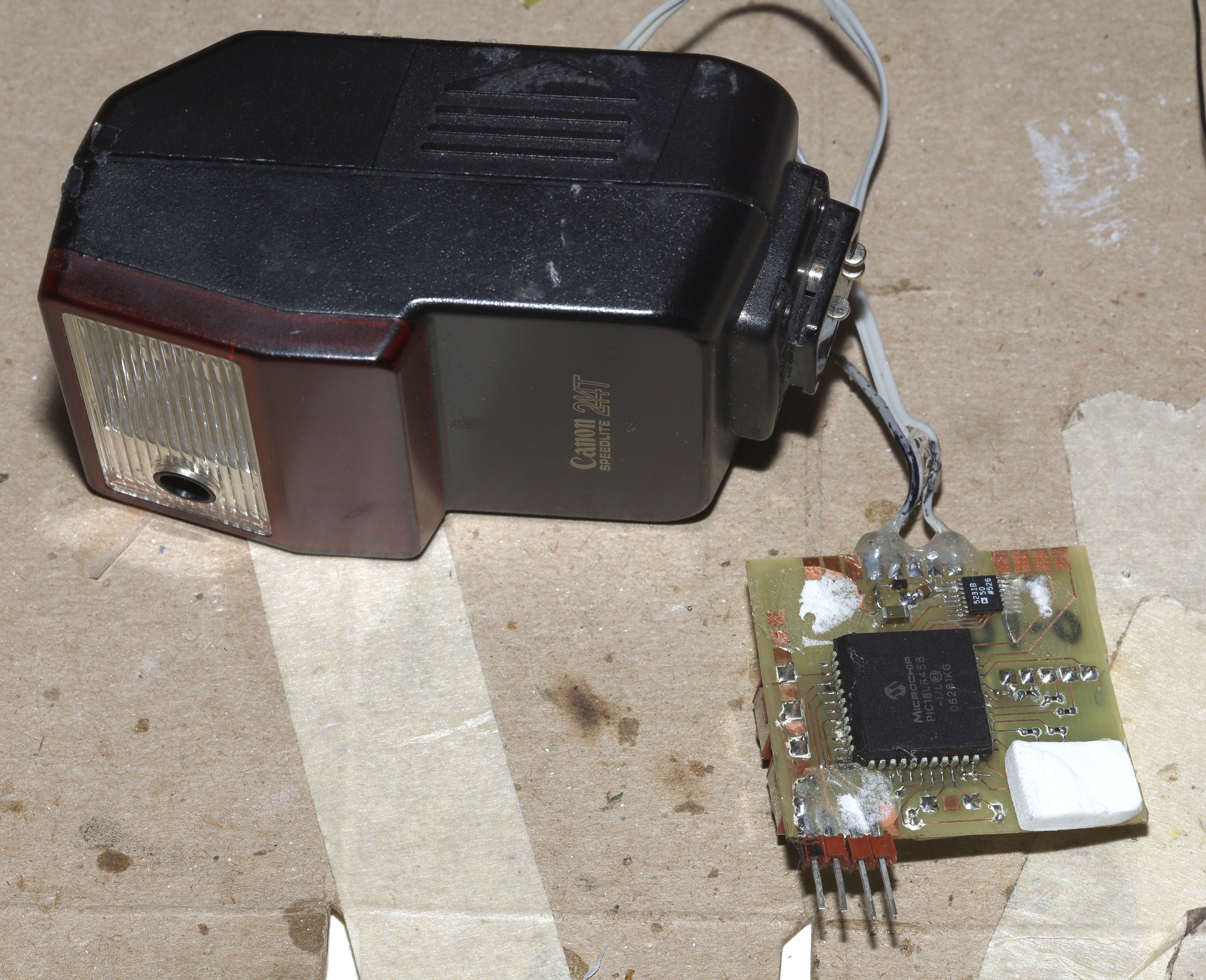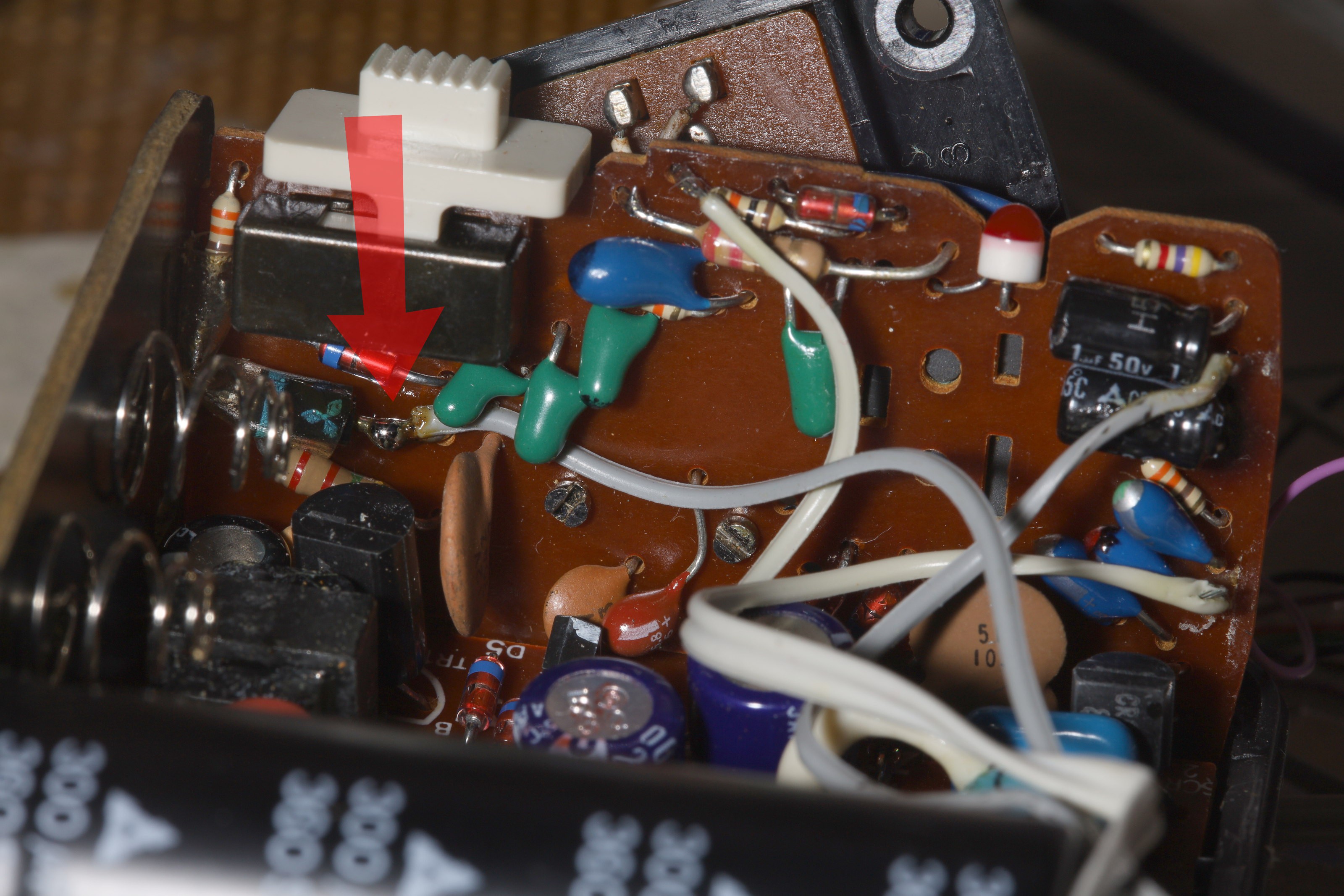
Previously on flash hacking, the 244T gained a manual setting to make it minimally functional on a modern camera. This ended up quite useless. Lions just never mess around with manual exposure.
The original flash has only X, ID, & D1 data from flash exposed. Presumably high ID caused it to light its IR emitter for an exposure calculation. Grounding X fires it. It sent a code out on D1 to set the camera's aperture. The original flash had a built in photocell & a filter to try to compute its own power level. The filter was lowered over the photocell by a very clicky switch. That was ETTL in 1984. There was no way every camera since then would continue supporting the funky way this flash controlled exposure.
The 244T previously had GND, 6V, & RESISTOR B brought out to achieve manual control. RESISTOR B goes from 2.6 V at minimum power to 0V at full power. There's a table in flash_pot.s which converts resistances to linear steps in power.
The next step is to expose X to fire it. It needs a radio receiver for use with the wireless flash transmitter. It's much more practical than going in through the hot shoe. It won't be too high off the lens. The hot shoe will never be used again. The camera hot shoe will be covered by the radio transmitter.
The mane question is whether to support a manual mode & exposure compensation. It would entail an LCD & 3 buttons: mode, up, down. It could see a lot of use as wireless TTL, in which case those functions would be essential. It may continue seeing no use, in which case those functions would be useless. Wireless functionality & manual mode could make it useful as a background light in combination with the 580EX-II.

X was connected to a 330R resistor & diode behind some dipped tantalums. This must have been input protection against whatever someone put against the X pin. The capacitor budget spared no expense in 1984 Japan. Sadly, the plastic tabs have all perished. It might need a PLA enclosure or an extreme case of scotch one day.
 lion mclionhead
lion mclionhead
Discussions
Become a Hackaday.io Member
Create an account to leave a comment. Already have an account? Log In.